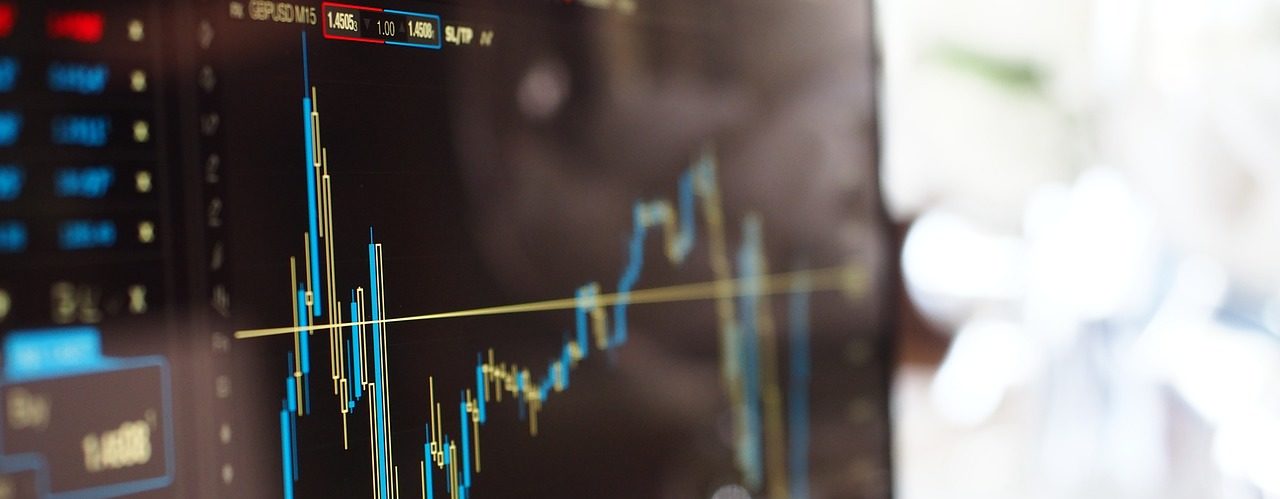MARKET INSIGHT – June 2023
MARKET INSIGHT
Prime Partners’ monthly analysis of global economic and financial market news.
A bird in the hand is worth two in the bush!
On the whole, the first three weeks of May were less eventful than the previous two months. There have been no US regional bank failures of late. The cascade of economic releases turned out to be mostly in line with expectations, and did not give rise to any major stock market movements. The saga of the US debt ceiling did produce a few wobbles as we drew closer to Janet Yellen’s initial June 1 deadline, but it came as no real surprise that a bipartisan agreement on the 79th increase since 1960 will be voted on by Congress in early June. Finally, the impression that the armed conflict between Russia and Ukraine was stalling only reinforced the image of a month that was destined to be unremarkable for the financial markets. In this somewhat apathetic climate, nobody really foresaw the publication of record 1st-quarter results by America’s largest semiconductor manufacturer NVIDIA, nor the encouraging outlook given by the company, which confirmed in concrete terms the craze for artificial intelligence. A few days earlier, Alphabet’s investor presentation had already been devoted entirely to this theme. This was all it took to shake investors out of their springtime doldrums and trigger an impressive month-end rally, particularly beneficial to large technology stocks.
Whatever the period, understanding investor reactions is always a difficult exercise. The current environment is fraught with contradictions, and it is easy to see how nervousness can quickly overtake relative calm. The various episodes experienced by the banking industry in 2023 are a reminder of this.
One can easily be nervous when it comes to investing, and this year there are plenty of reasons to be: the dreaded recession is starting to be confirmed empirically, with Germany the first “victim” according to its economic figures, and other countries set to follow suit – it seems inexorable.
Some temper this slowdown in activity by arguing that services are holding up well, but the associated PMIs (Purchasing Manager Index) are now at relatively weak levels by historical standards.
Others may argue that unemployment remains very low, particularly in the US, but this too is a lagging indicator of economic activity.
Is it not surreal, to say the least, to realize that public debt has reached $31 trillion in Uncle Sam’s country, i.e. over 120% of the GDP of the world’s leading power?
And then there is always that nagging inflation which, despite a mechanical drop in 2023, mainly due to the base effect in its calculation, looks set to remain at higher levels than central bankers have chosen to target, particularly in its “CORE” component, which excludes energy and food prices. Does this mean that rate hikes may not be over after all?
Lastly, having a priori overcome the question of the US debt ceiling, is it not surreal, to say the least, to realize that public debt has reached $31 trillion in Uncle Sam’s country, i.e. over 120% of the GDP of the world’s leading power?
The “wall of worry” seems high in 2023, yet equity markets are trending upwards. Traders have by no means all gone mad, and are fully aware of the factors outlined above. But human nature regularly gives more weight to hope than to fear, in a process that is often tortuous and whose timing is unpredictable.
Hope here lies in two “mega-trends” that we are experiencing alongside the current economic and geopolitical situations: the energy transition and, of course, artificial intelligence.
These two developments are seen as a gigantic counterweight to the current uncertain economic climate.
Firstly, markets are anticipating the continuation of major investments in the energy sector, as economies continue to shift towards more environmentally-friendly practices. But it is above all the global and cascading impact of this energy transition on many sectors of activity that market participants are taking into account. All this is seen as a huge virtuous circle of investment, capable of sustaining economic output for years to come.
As for artificial intelligence, as is often the case with technology, it is all about doing more with less. The ability to analyze the mountains of data that have become available since the advent of the Internet, and to extract information from it in a very short space of time that can be used to make future decisions, ultimately has no limits in terms of its field of application. Once again, investors see this as a source of future economic growth.
So what choices should we make in our allocations, between a present that now seems to be slowing down and a future that some are predicting will be highly disruptive and therefore radiant?
It is just as unwise to give in to excessive pessimism as it is to allow ourselves to be seduced by too many future promises.
In this situation, we are keeping in mind the proverb that “a bird in the hand is worth two in the bush”, by remaining exposed to the two mega-trends described above, without forgetting the reality of the current slowdown that we are observing month after month in the economic figures. In our view, it is just as unwise to give in to excessive pessimism as it is to allow ourselves to be seduced by too many future promises. The gains made in 2023 are therefore good to take, but they do not overshadow the need to be cautious about the environment in which they were achieved.
Our portfolios remain well-balanced in terms of asset allocation, and our equity exposure remains diversified by sector. We certainly do not want to give in to the tempting acronyms of Wall Street, whose latest and already famous B.R.A.I.N (Biotechnology, Robotics, Artificial Intelligence and Nanotechnology) could encourage us to concentrate our investments in the aforementioned fields.
Finally, we keep alternative strategies and gold in our portfolios to cushion any shocks should investor confidence in the benefits of the energy transition and artificial intelligence for our economies wane.
After five months, 2023 is a year of paradox, combining economic slowdown with high hopes for the future in the energy and technology sectors. As in most periods of innovation, many detractors are pitted against fervent believers, battling it out with sophisticated arguments and technical demonstrations that are sometimes unverifiable for the average investor. The result is the emergence of numerous prophecies, sometimes alarming, sometimes full of blissful optimism for economic growth in the coming years and, by extension, for the performance of financial assets.
Amid all this hubbub, we remain true to our core investment principles: diversification and a long time horizon, while keeping a close eye on technological developments and the opportunities they present. The smartphone revolution and the launch of the 1st iPhone in 2007 failed to avert the financial crisis of 2008, despite the enormous impact this technological advance would eventually have on everyone. So it is only a short step from there to saying that history will repeat itself in the quarters to come, despite the advent of artificial intelligence… but a step we are not taking at this stage.

